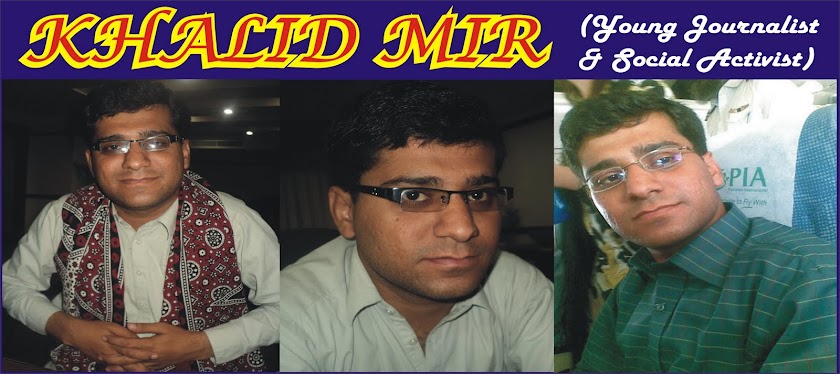Balochistan (Balochi, Urdu: بلوچستان, Brahui: Balocistán) is the largest province (by area) of Pakistan, constituting approximately 44% of the total land mass of Pakistan. According to the 1998 census, Balochistan had a population of roughly 6.6 million.
Forming most of the Balochistan region, the province is neighbored by Iran to the west; Afghanistan and Khyber Pakhtunkhwa to the north; and Punjaband Sindh to the east. To the south lies the Arabian Sea. The main languages in the province are Balochi, Brahui, Pashto, Sindhi and Urdu. The provincial capital is Quetta and Gwadar is the developing port city. Balochistan is rich in mineral resources; it is the second major supplier of natural gas in Pakistan.
Mehrgarh (Mehrgaŕh, Urdu: مہرگڑھ), one of the most important Neolithic (7000 BCE to c. 2500 BCE) sites in archaeology, lies on what is now the "Kachi plain" of today's Balochistan, Pakistan. It is one of the earliest sites with evidence of farming (wheat and barley) and herding (cattle, sheep and goats) in South Asia."
Mehrgarh is located near the Bolan Pass, to the west of the Indus River valley and between the present-day Pakistani cities of Quetta, Kalat and Sibi. The site was discovered in 1974 by an archaeological team directed by French archaeologist Jean-François Jarrige, and was excavated continuously between 1974 and 1986, and again from 1997 to 2000. The earliest settlement at Mehrgarh—in the northeast corner of the 495-acre (2.00 km2) site—was a small farming village dated between 7000 BCE to 5500 BCE and the whole area covers a number of successive settlements. Archaeological material has been found in six mounds.


